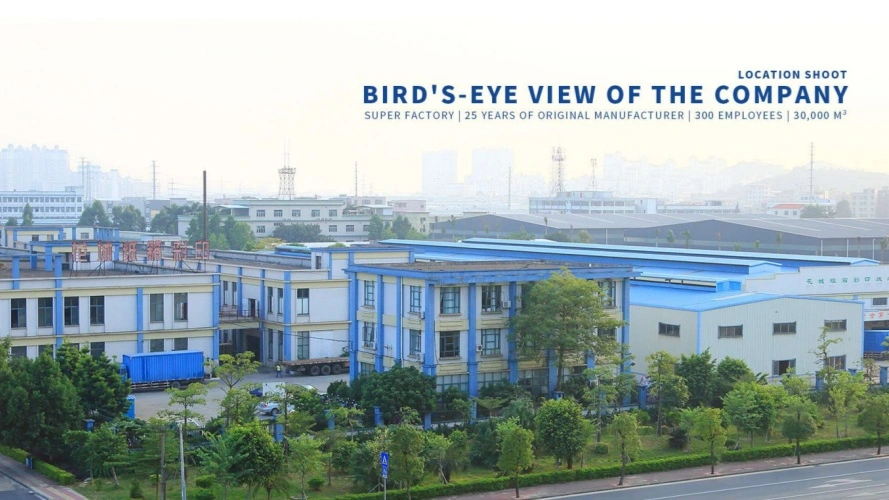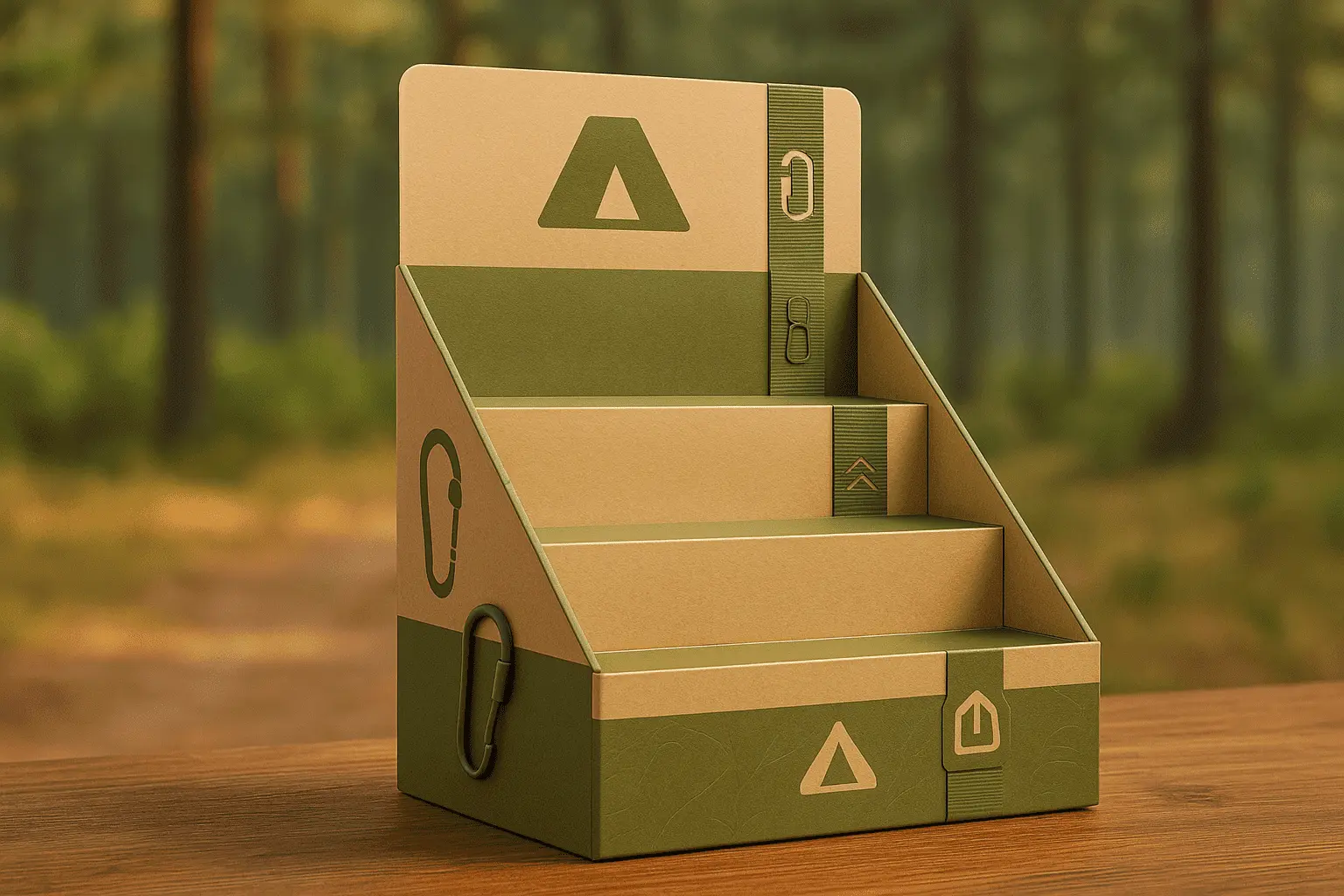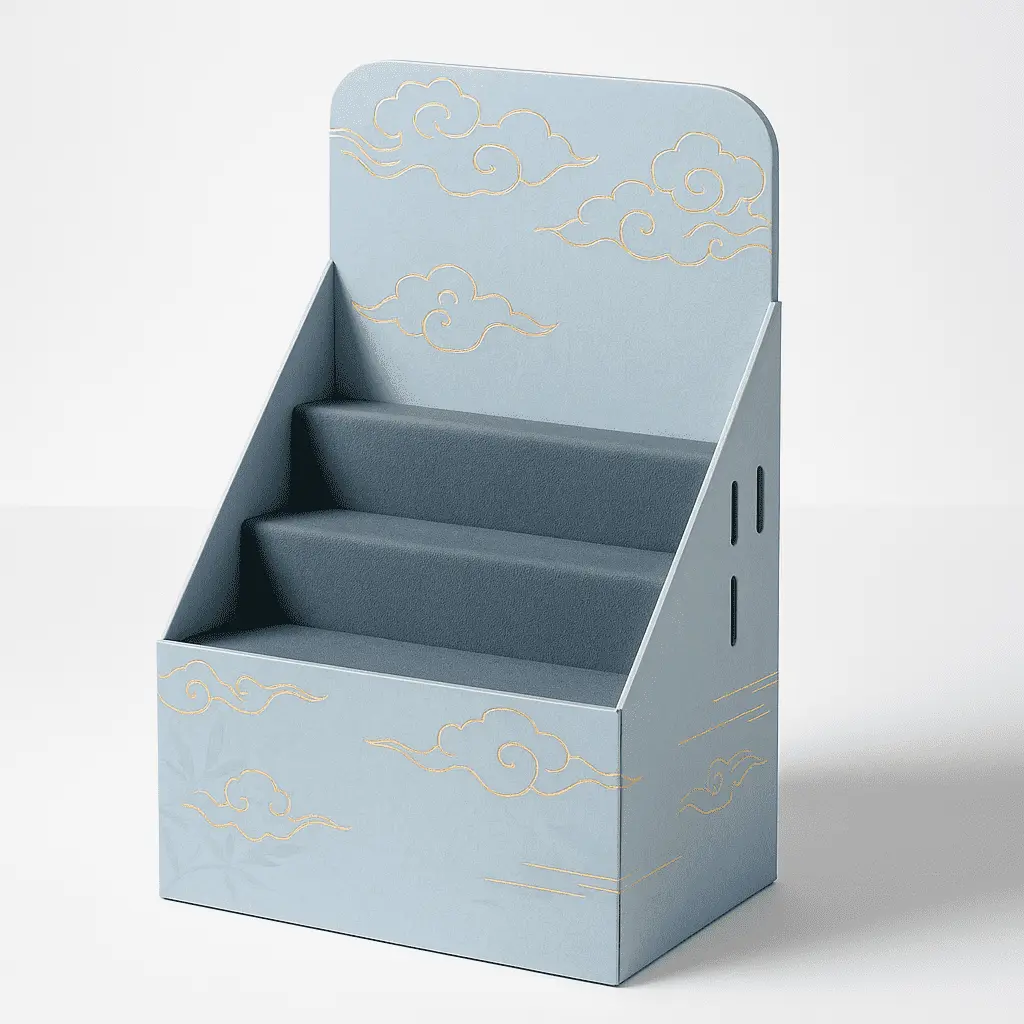Eco-Innovative Materials and Design
Bio-Based and Recycled Content
The shift toward eco-innovative retail displays is driving widespread adoption of sustainable materials like bio-based and recycled content. Manufacturers are increasingly using resources derived from agricultural by-products, cornstarch, sugarcane fibers, and even mushroom mycelium as viable cardboard alternatives. These materials offer similar strength and durability while reducing dependence on petroleum-based inputs. Simultaneously, incorporating high percentages of post-consumer recycled paperboard helps divert waste from landfills. By combining these approaches, display systems contribute to a circular economy, significantly reducing the carbon footprint and supporting brand commitments to environmental responsibility.
Smart Structural Engineering
Cardboard display design is undergoing a transformation thanks to advancements in smart structural engineering. Designers are leveraging origami-inspired folding techniques, slotted joints, and interlocking tabs to eliminate the need for glues, staples, or screws in cardboard retail displays. This not only improves recyclability but also simplifies the display’s entire lifecycle—from manufacturing and shipping to retail setup and end-of-life disposal. These designs reduce labor time, lower shipping costs due to flat-packing, and support sustainable practices by eliminating non-recyclable components. Ultimately, they help brands improve efficiency while aligning with green packaging goals.
Nano-Coatings for Enhanced Performance
To improve the performance of eco-friendly retail displays, manufacturers are adopting nano-coating technologies. These ultra-thin, invisible layers can be sprayed or rolled onto cardboard surfaces to add water resistance, UV protection, and abrasion resistance—critical for maintaining display integrity in high-traffic or humid environments. Unlike plastic laminates, nano-coatings preserve recyclability and biodegradability, enabling sustainability without sacrificing function. This innovation helps extend product lifespan, reduce maintenance, and minimize waste, making it especially attractive for brands seeking durable yet environmentally responsible in-store marketing solutions.
Digital Integration and Smart Displays
Augmented Reality Enhancements
The marriage of physical cardboard displays with digital technology is set to redefine the retail experience. Augmented reality (AR) markers integrated into sustainable display designs will enable customers to access immersive product information, virtual try-ons, and interactive brand stories through their smartphones. This fusion of eco-friendly materials and cutting-edge technology not only reduces the need for additional printed materials but also creates engaging, memorable experiences that drive customer engagement and sales.
IoT-Enabled Display Analytics
Smart sensors embedded within cardboard retail displays will provide valuable insights into customer behavior and product performance. These Internet of Things (IoT) devices can track metrics such as foot traffic, dwell time, and interaction rates, all while consuming minimal energy. The data gathered can help retailers optimize their display strategies, reduce waste by ensuring optimal stock levels, and tailor promotions to maximize efficiency and minimize environmental impact.
Dynamic E-Paper Integration
The integration of low-power e-paper displays into cardboard structures represents a significant leap towards sustainable digital signage. These ultra-thin, flexible screens can display dynamic content while consuming minimal energy, often powered by ambient light or kinetic energy from customer interactions. This innovation allows for real-time updates to pricing, promotions, and product information without the need for reprinting or replacing entire display units, substantially reducing material waste and operational costs.
Circular Economy and End-of-Life Solutions
Modular and Reusable Components
The concept of modularity is gaining traction in the world of cardboard retail displays. Designers are creating systems with interchangeable parts that can be easily reconfigured for different campaigns or seasons. This approach not only extends the lifespan of display materials but also allows for creative flexibility in visual merchandising. By embracing modularity, retailers can significantly reduce waste associated with single-use displays while maintaining fresh and engaging in-store experiences.
Closed-Loop Recycling Programs
Forward-thinking manufacturers are implementing closed-loop recycling programs for their cardboard displays. These initiatives involve collecting used displays from retailers, processing them, and reincorporating the materials into new products. By taking responsibility for the entire lifecycle of their displays, companies are ensuring that valuable resources are recaptured and reused, minimizing landfill waste and reducing the demand for virgin materials.
Biodegradable Additives and Compostable Solutions
For situations where recycling may not be feasible, biodegradable additives are being developed to accelerate the decomposition of cardboard displays in landfill conditions. These additives ensure that displays break down more rapidly and safely, reducing their environmental impact. Additionally, fully compostable display solutions are emerging, made from materials that can be processed in industrial composting facilities alongside organic waste, returning nutrients to the soil and closing the loop on resource use.
Conclusion
The future of cardboard retail displays is bright, sustainable, and technologically advanced. In 2025, the industry is poised to embrace eco-innovative materials, smart designs, and circular economy principles. The integration of digital technologies will enhance the functionality and efficiency of these displays, while end-of-life solutions will ensure their environmental impact is minimized. Retailers and brands that adopt these sustainable trends will not only contribute to a greener future but also resonate with increasingly eco-conscious consumers, driving both environmental and business success.
Contact Us
Ready to revolutionize your retail displays with sustainable solutions? Contact us at support@fetchingprinting.com to explore how our innovative cardboard retail displays can enhance your brand's eco-friendly image while captivating customers. Let's create a greener future for retail, together!





